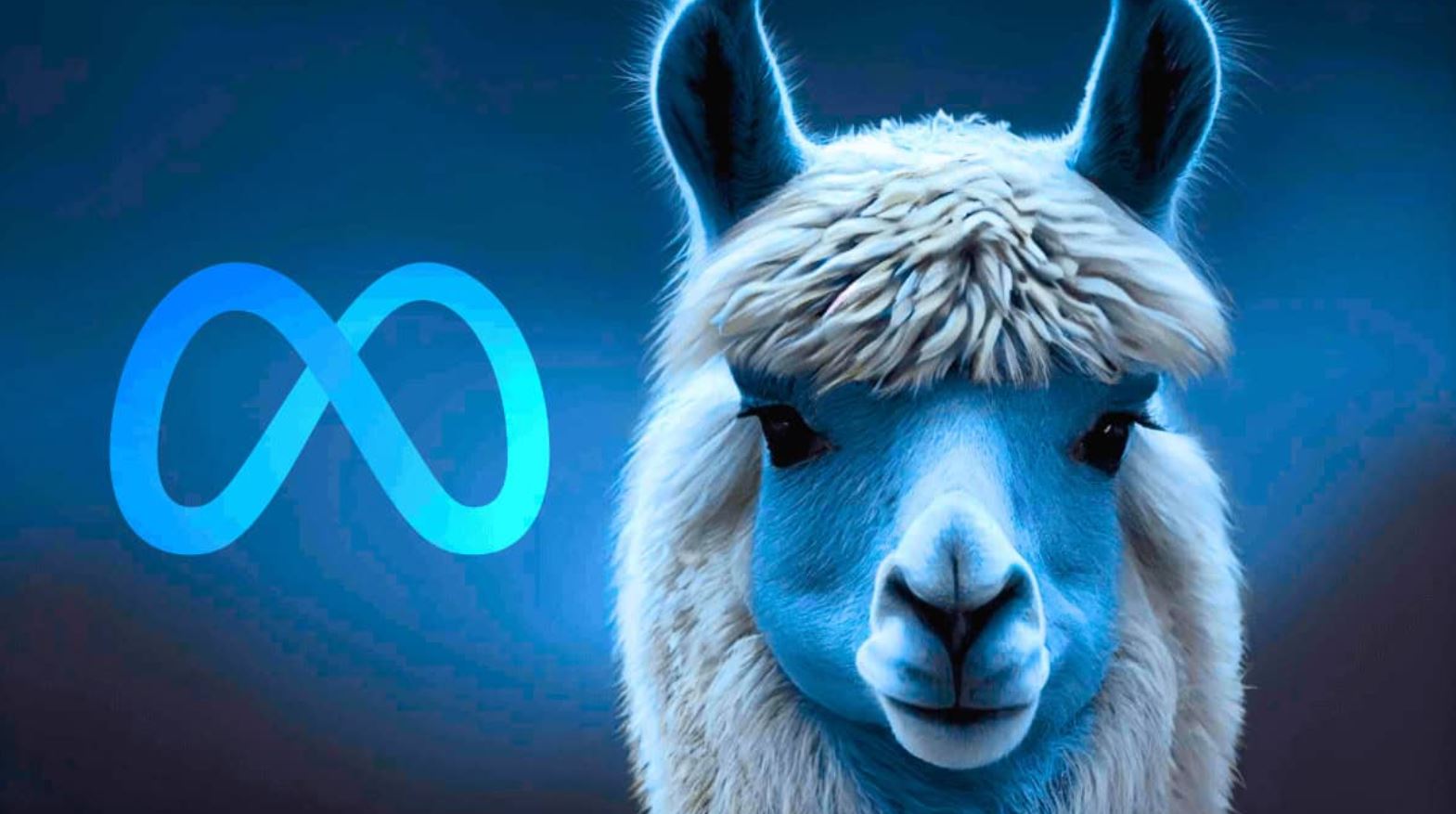 Meta’s just rolled out its latest innovation, the Llama 4 series, and it’s making quite the splash with its new multimodal capabilities. Imagine having the power to process both text and images seamlessly—Meta’s Llama 4 Scout and Maverick models are doing just that. They’re built from the ground up with a Mixture-of-Experts (MoE) architecture, which is a fancy way of saying they only activate the parts needed for each task, making them super efficient.
Meta’s just rolled out its latest innovation, the Llama 4 series, and it’s making quite the splash with its new multimodal capabilities. Imagine having the power to process both text and images seamlessly—Meta’s Llama 4 Scout and Maverick models are doing just that. They’re built from the ground up with a Mixture-of-Experts (MoE) architecture, which is a fancy way of saying they only activate the parts needed for each task, making them super efficient.
These models are trained on a wide variety of images and videos, giving them a robust understanding of visuals. The Scout model, with its 17 billion active parameters, is all about efficiency on a single GPU. It’s perfect for tasks like long-form text processing and visual question answering. In fact, it scored an impressive 94.4 on DocVQA and 88.8 on ChartQA. However, Meta hasn’t spilled the beans on how it handles really complex, long-context queries, so there’s still some mystery there.
On the other hand, the Maverick model is the powerhouse of the duo. It’s got the same number of active parameters as Scout but pulls from a whopping 400 billion across 128 experts. You’ll need a full H100 host to run it, but it’s worth it for the scalability and performance. Meta claims Maverick outshines competitors like OpenAI’s GPT-4o and Google’s Gemini 2.0 Flash in several benchmarks. It even holds its own against Deepseek-V3 in reasoning and code generation tasks, all while using fewer parameters. In tests, it scored 1417 on the LMArena ELO ranking and a solid 90.0 on ChartQA.
Both models are available as open-weight models on llama.com and Hugging Face, and you’ll find them integrated into Meta’s platforms like WhatsApp and Instagram Direct. Keep an eye out for more models at LlamaCon on April 29.
Guiding the development of Scout and Maverick is the Llama 4 Behemoth, an internal model with an impressive 288 billion active parameters. It’s not available to the public yet, but it’s reportedly outperforming some of the biggest names in the industry.
Now, here’s the kicker: these models aren’t available in the EU due to some “regulatory uncertainties” with the EU AI Act. Meta’s hoping for clearer guidance or fewer restrictions from the EU. Meanwhile, developers elsewhere need to display a “Built with Llama” label and stick to specific naming conventions. If your platform has over 700 million monthly users, you’ll need special permissions from Meta.








